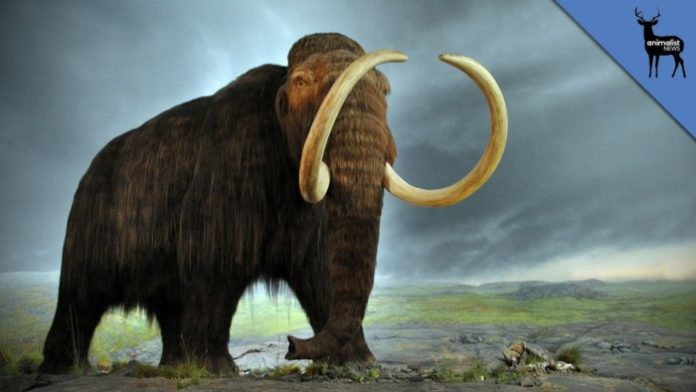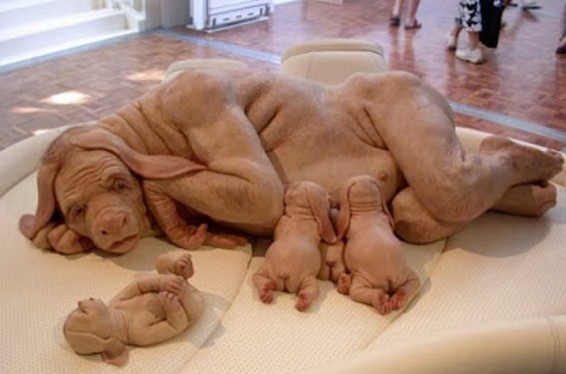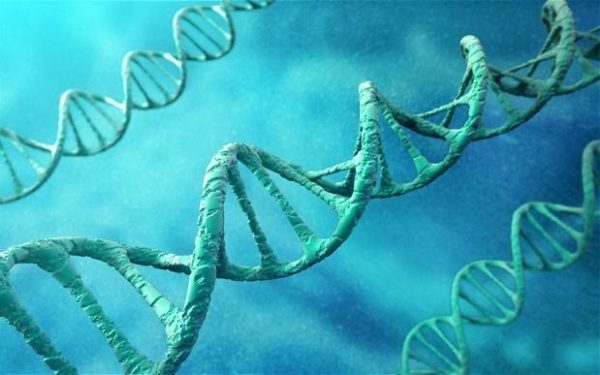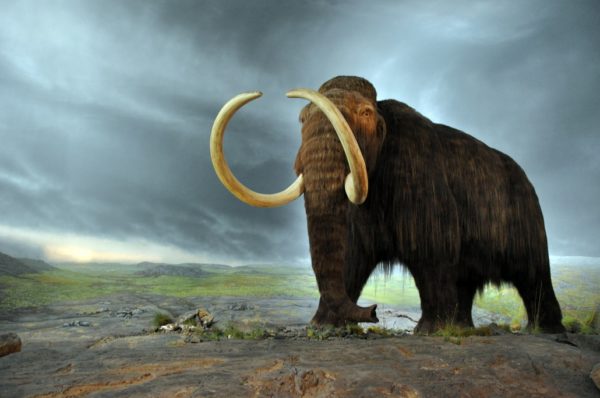
This story might sound strange and scary, but it isn’t science fiction. Unfortunately, it’s real and it’s happening in our lifetime.
Already, we know that a genetically modified organism is an organism that has had its DNA altered or modified in some way through genetic engineering. Mostly, the organism is altered with DNA from another organism, be it a bacterium, plant, virus or animal.
In August 2016, we published an article, revealing how the United States health agency – the National Institute of Health (NIH) – is waiting for funding from the country’s government to conduct a study that will mix human cells into the embryos of animals. The end result would be human-animal hybrids.
The NIH claimed the study could lead to major breakthroughs to tackle diseases such as Alzheimer’s and Parkinson’s. The agency also believes the controversial study could also be used to grow organs needed for human transplants, solving the acute shortage of body parts for transplants in those who need them. However, some researchers have raised serious concern about the study. Activists against human-animal hybrids believe it will lead to a complete destruction of the Earth’s species.
Again, in October 2016, we dropped another bombshell that genetically modified human beings could exist by 2017. A private biotechnology company in the United States, Editas Medicine, announced it is poised to become the first lab in the world to ‘genetically edit’ the DNA of patients suffering from a genetic condition. The company said it would use a new genetic editing tool known as Clustered Regularly Interspaced Short Palindromic Repeats (CRISPR). Some researchers, again, have raised objection to the CRISPR, revealing it could lead to unintended consequences for other parts of the human genome, allowing for people to have true designer babies.
However, despite the concerns, researchers are still looking forward to advancing genetic modification on both plants and animals. A group of researchers have announced that they are preparing to bring back an ancient giant beast through genetic engineering.
The beast, known as the Woolly Mammoth, is believed to have suffered extinction over 10,000 years ago. It mainly lived in the Arctic region during the Ice Age. The researchers said they would carry their project at Pleistocene Park. Pleistocene Park is a large nature park located in the north of Siberia and has become one of the world’s biggest Arctic research stations.
Currently, the park is home to only 5 major herbivore species including bison, musk ox, moose, horses and reindeer.
Nonetheless, researchers at the park said they have teamed up with a group of Japanese and Russian researchers to turn Pleistocene Park into a Jurassic Park-style safari refuge for genetically cloned species. (Jurassic Park is a science fiction movie of an island full of wild beast, such as dinosaurs created from prehistoric DNA).
According to the researchers, they are planning to use sperm from a frozen preserved mammoth to impregnate an elephant, raising the elephant/mammoth hybrid. This new hybrid beast would then be permitted to roam freely in the wild Siberian park.
If the researchers are successful in their mission, it still wouldn’t be the first time researchers have attempted to bring back an extinct animal. In the year 2000, the Iberian Ibex (a type of goat) was declared extinct, but using its DNA, researchers were able to replace the genetic material found in eggs from domestic goats and clone a female Pyrenean ibex. Unfortunately, the new animal’s life lasted only 10 minutes.
However, bringing back the Woolly Mammoth is a completely different kettle of fish from what was tried before. This is because there is no living sample of the giant beast. Furthermore, the animal lived in a peculiar environment. Yet, contrary to the facts, the researchers still believe they can accomplish their mission after finding a sufficiently preserved mammoth from which they can extract its sperm DNA.
The sperm will be used to impregnate a female elephant, the mammoth’s closest living relative. By repeating this procedure with offspring, the researchers believe they could produce a creature that is 88% mammoth in the next 50 years.
Chairman of the genetic engineering department at Kinki University, and a member of the Mammoth Creation Project, Akira Iritani revealed he would visit Siberia to search for more carcasses of the extinct animal.
Akira said they [researchers] have plans to resurrect extinct species such as deer, woolly rhinoceroses, and saber-toothed cats, in addition to the Woolly Mammoth.
But some researchers have criticized the attempt to bring back an animal that has long been dead. Some believe it is scientifically impossible; others too, are questioning the morality of the mission.
An Ice Age expert at Russia’s Northeast Interdisciplinary Scientific Research Institute, Anatoly Lozhkin said that “even if the cloning experiment is successful, they are not reconstructing the past but rather creating a new mammoth-like creature. Scientists are always able to learn from every experiment, but I am not sure that cloning a mammoth will help us significantly move forward our understanding of the animal or the conditions under which it lived.”
This article (Researchers Set to Genetically Create Woolly Mammoth from Ancient Frozen Sperm) is a free and open source. You have permission to republish this article under a Creative Commons license with attribution to the author and AnonHQ.com.
Supporting Anonymous’ Independent & Investigative News is important to us. Please, follow us on Twitter: Follow @AnonymousNewsHQ









